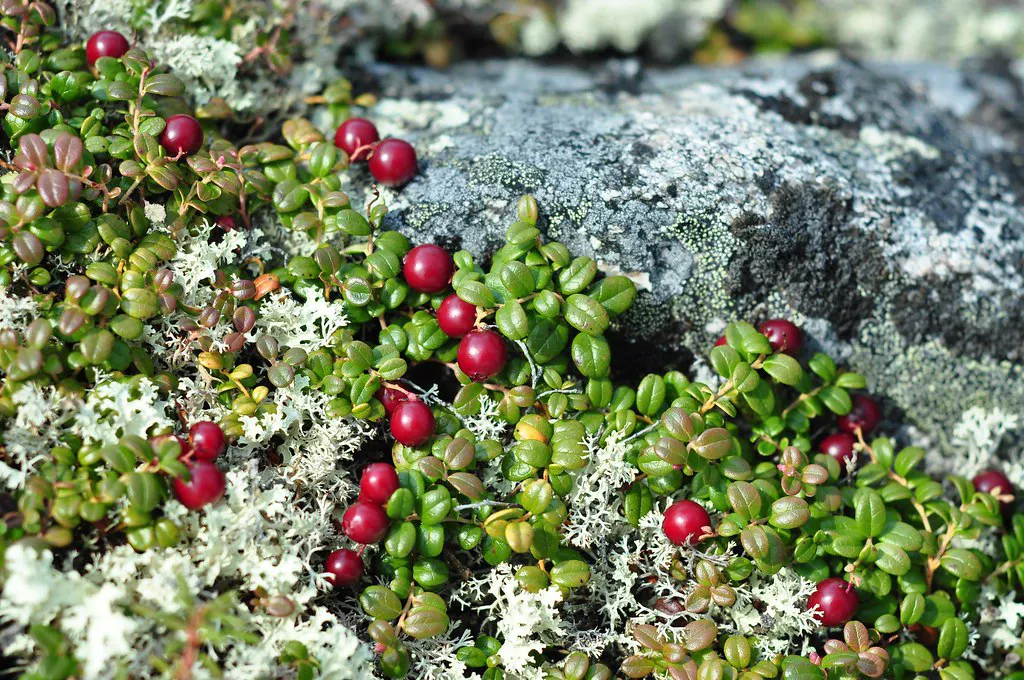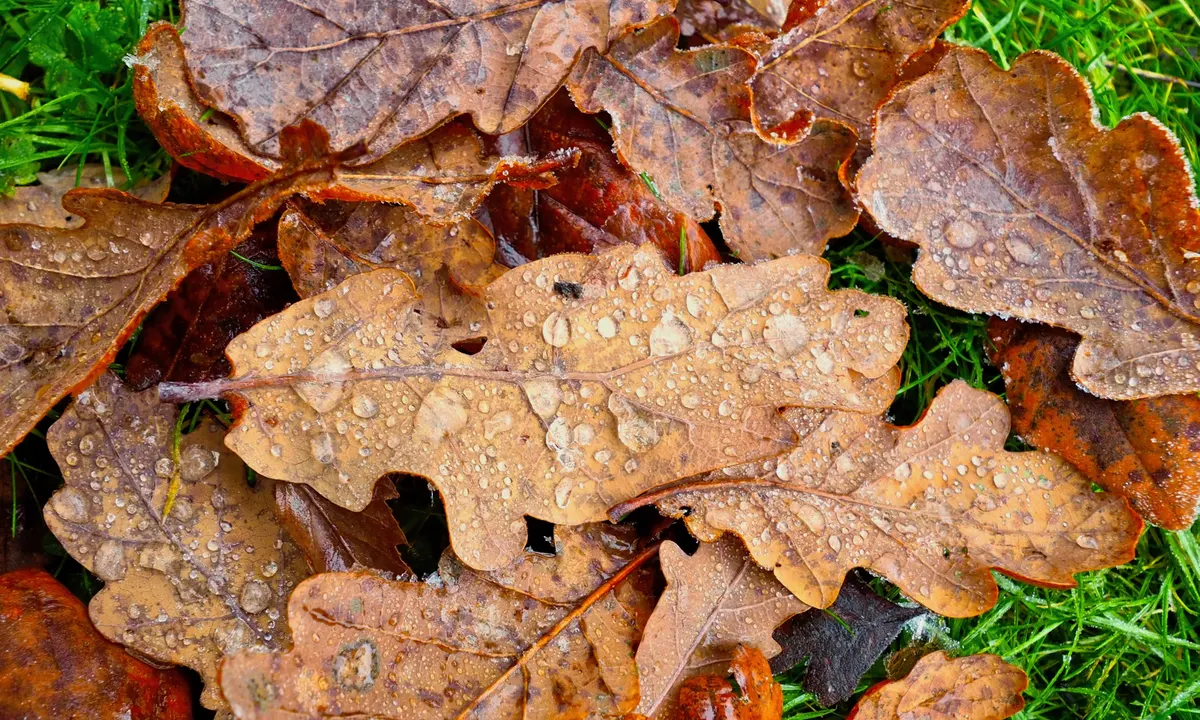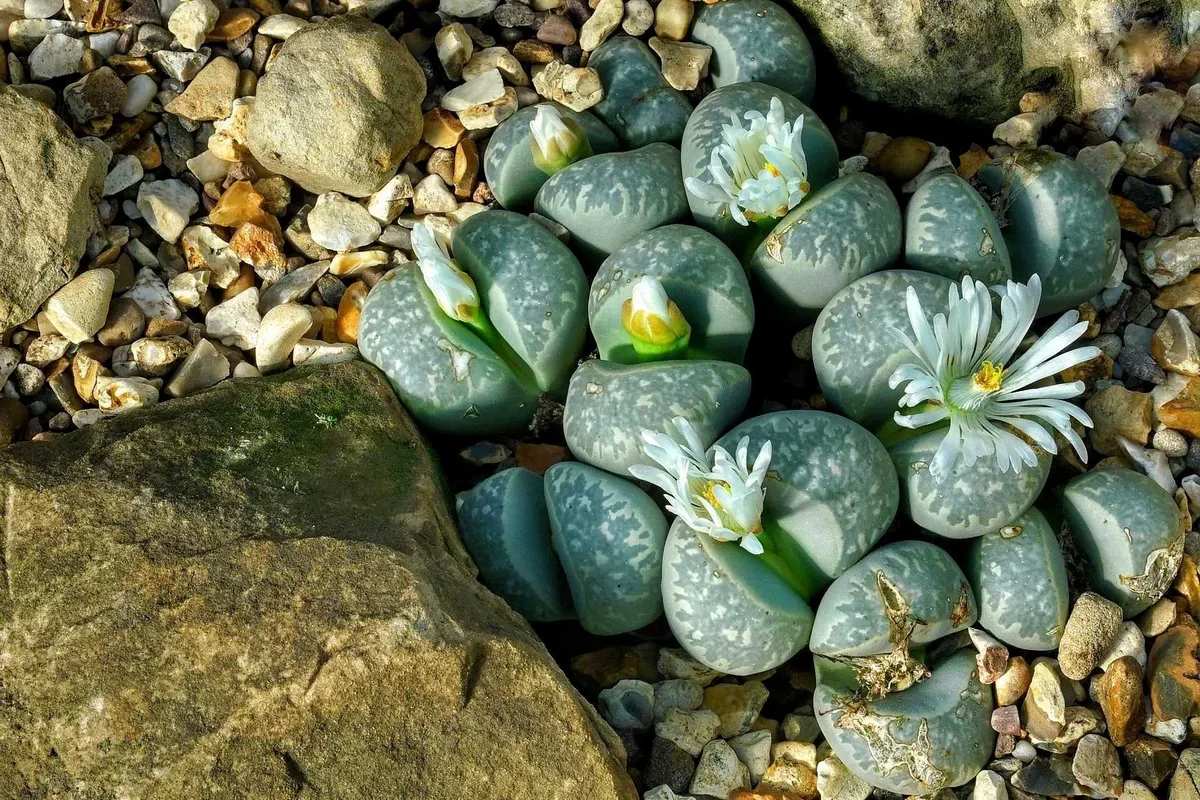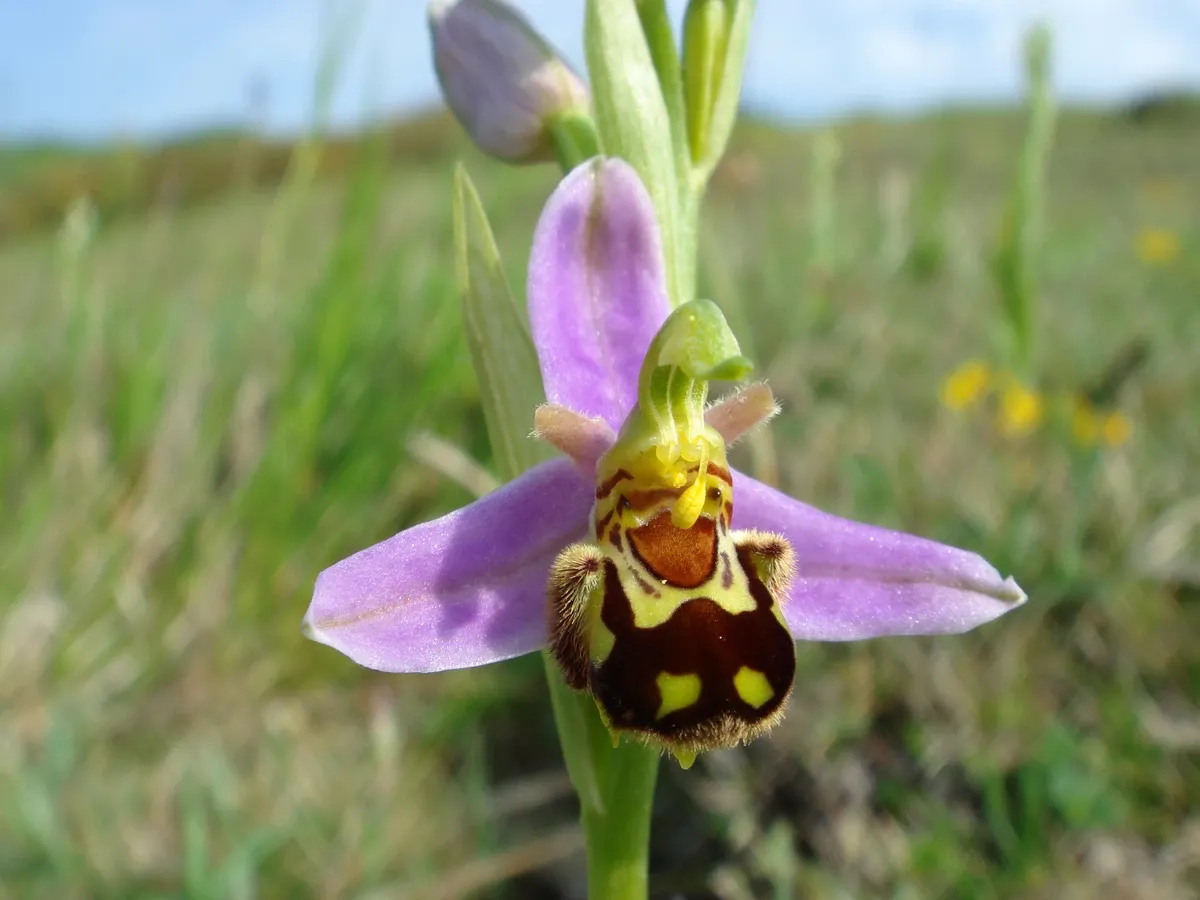Hey there, green-thumbs and trivia nerds! 🌿 Ever wondered how plants survive in the wild? Newsflash: plants don’t just sit around and photosynthesize. They’ve got survival tactics cooler than James Bond in a tuxedo! These green fellows adapt in wacky and fascinating ways, giving a whole new meaning to the term “growing up”.
In this thrilling botanical journey, we’ll uncover 20 fun facts about plant adaptation. From the steamy rainforest plant adaptation to the chill vibes of tundra flora, brace yourself for some leafy revelations. So, without further ado, let’s dive into the root of the matter! (Pun intended 😉)
1. The Mighty Cacti of the Desert
Saguaro cactus (Carnegiea gigantea): These cacti aren’t your typical tabletop decoration. The Saguaro, exclusive to the Sonoran Desert, stands tall – some as tall as a four-story building! Now, they might look all hard and unfazed on the outside, but inside, they’re just storing up a storm.
Their unique cellular structure helps them retain vast amounts of water. Did you know that after a rain, a Saguaro can weigh between 3,200 to 4,800 pounds? Talk about a heavy drinker! And those spines? They’re not for show – they actually cast shade on the cactus itself and reduce evaporation.

Image source: thegoodthebadandtherv.com
2. Pitcher Perfect: The Carnivorous Adaptation
Enter the world of Nepenthes. A genus of carnivorous plants found across Asia, these guys took the whole “nature is a circle of life” thing very literally. Especially the Nepenthes rajah from Borneo. These specific pitcher plants have an urn-shaped trap, filled with enzymes.
It’s a clever mechanism: lure, trap, digest. But here’s the twist: they’re not just about bugs. Some have been found with drowned rats! (Kind of makes you rethink that sip of water, doesn’t it?)
3. The Floating Wonders of Coastal Regions
Coastal adaptations are more than just sun, sand, and seashells. Consider the Sea Lettuce (Ulva lactuca), an algae found in shallow oceans worldwide. It’s not just a pretty floating green; its cellular structure allows efficient photosynthesis.
On the topic of buoyancy, we also have the Eelgrass (Zostera marina). This marine plant doesn’t just float; it’s rooted in the ocean floor. But it manages to stay upright due to the air spaces in its tissues. Quite the underwater ballet, wouldn’t you say?

Image source: twimg.com
4. Adapting to the Cold: The Wonders of the Tundra
Bearberry (Arctostaphylos uva-ursi): Imagine trying to survive in the tundra, where it’s colder than a snowman’s toes. Some plants, like the Bearberry, have cracked the code.
This hardy groundcover has leathery leaves that help reduce moisture loss. Moreover, it grows super close to the ground, forming dense mats. Why, you ask? It’s all about escaping the biting cold winds and making the most of the warmth radiating from the ground. It’s like nature’s version of snuggling under a warm blanket on a cold day.

Image source: milehighlandscape.com
5. The Big Shed: Deciduous Forest Biome Adaptations
Oak Trees (Quercus species): When winter comes around in the Deciduous forest biome, Oak Trees don’t head south or sip on pumpkin spice lattes. Instead, they drop their leaves. This isn’t a fashion statement but a critical soil plant adaptation in deciduous forests.
Shedding leaves helps these trees conserve water and energy during the chilly months. And when spring comes dancing, new leaves sprout, ready to soak in the sunshine. So, remember, if an Oak Tree can reinvent itself every year, so can you!

Image source: theguardian.com
6. Grassland Plant Warriors: Adapting to Fires and Grazers
Buffalo Grass (Bouteloua dactyloides): The grasslands are dramatic! Think sweeping winds, wildfires, and large herds of grazing animals. Amidst this action-packed biome, the Buffalo Grass thrives. How? It has a secret underground life.
Most of its biomass is beneath the soil, with deep roots that can stretch up to 5 feet. This not only helps it access moisture deep down but also protects it from being completely devoured or scorched. It’s as if the grass whispers, “You can nibble my tips, but you can’t take away my spirit!”

Image source: thespruce.com
7. Masters of Camouflage: Mimicry in the Plant World
Stone Plants (Lithops species): Ever seen a plant that looks, well, not like a plant? Enter the stone plants from the deserts of southern Africa.
These little champs have adapted by looking exactly like… stones. Why? To reduce chances of being eaten by herbivores and to minimize water loss. But once a year, these “stones” surprise with a vibrant flower. Nature’s version of “expect the unexpected”.

Image source: batatadoceira.blogspot.com
8. Climbing High: How Plants Adapt to Get Sunlight
Strangler Figs (Ficus species): In the dense rainforests, sunlight is premium real estate. The Strangler Figs don’t wait in line; they just climb over everyone else.
Starting life as a seed dropped in another tree’s branches by a bird or monkey, the fig sends roots downward. Over time, these roots envelop the host tree and start drawing nutrients from the soil. Eventually, the host tree is outcompeted (and, well, strangled), while the fig stands tall and broad, bathing in sunlight glory. Nature’s not always kind, but it sure is resourceful!
9. Nature’s Salt Filter: Plants that Adapt to Salty Waters
Mangroves: Welcome to the coast, where sea meets the shore and where Mangroves rule the roost. One of their coolest plant adaptations is their ability to deal with salt. While many plants would shrivel up and croon “too salty for my roots”, mangroves have special glands on their leaves to excrete salt.
Some species even prevent the uptake of salt into their roots altogether. And as if they weren’t already the superheroes of the coastline, they also prevent erosion and serve as breeding grounds for several marine species.

Image source: royalsundarbantourism.com
10. Surviving Extreme Drought: Resurrection Plants
Rose of Jericho (Selaginella lepidophylla): Picture this – a plant so dramatic, it seemingly “comes back to life” when given water.
Found in the deserts of the Americas, this plant curls up into a tight ball during droughts, appearing dead to the casual observer. However, once exposed to moisture, it unfurls in a matter of hours, turning green and lush. Talk about making a comeback! It’s the botanical version of “sleeping beauty meets desert vibes”.
11. Airy Ventures: Plants That Don’t Need Soil
Spanish Moss (Tillandsia usneoides): Who needs soil when you’ve got… air? That’s the mantra of Spanish Moss, commonly seen hanging from trees in the southern U.S., looking like nature’s drapery.
It belongs to the bromeliad family and absorbs nutrients and water directly from the air through tiny scales on its leaves, a nifty adaptation called trichomes. And while it looks hauntingly beautiful, it’s totally harmless. So next time you walk under its cascading tendrils, no need for the dramatic gasp; it’s just doing its aerial thing.
12. The Heavy Metal Rockstars: Plants That Thrive on Toxic Soils
Alpine Pennycress (Thlaspi caerulescens): Rock on, little plant! Some areas have soils packed with heavy metals – deadly for most plants. But the Alpine Pennycress doesn’t just survive; it thrives.
Native to Europe, this plant can accumulate high concentrations of metals like zinc and cadmium without batting an eyelash (or, you know, drooping a leaf). They’re not just rocking out on toxic grounds; they’re also helping clean up polluted areas. So, next time you hear “heavy metal,” think of these green rockstars.

Image source: Matt Lavin / Flickr
13. Shape-shifters in the Plant Kingdom: How Plants Trick Their Pollinators
Bee Orchid (Ophrys apifera): Some plants really take the saying “fake it till you make it” to heart.
The Bee Orchid, found across Europe, looks, and smells, like a female bee. Why? To attract male bees, of course! When a male bee tries to “mate” with the flower, it ends up pollinating the orchid. Quite the clever romantic ruse, don’t you think?

Image source: D. Greves / Flickr
14. Living Among the Giants: Understorey Plants in Rainforests
Rattlesnake Plant (Calathea lancifolia): Nestled beneath the towering giants of the rainforest plant adaptation arena, the understorey plants have their own game of survival.
The Rattlesnake Plant, found in Brazilian rainforests, has strikingly patterned leaves that can capture even the faintest dapples of sunlight filtering through the dense canopy above. Plus, they fold up at night, perhaps getting a well-deserved beauty sleep.

Image source: Sheila’s collection / Flickr
15. Natural Pest Repellents: The Power of Pungent Odors
Marigold (Tagetes species): Ever met someone who’s all sunshine on the outside but a fierce warrior within? That’s marigold for you!
Known for their vibrant colors and pleasant appearance, marigolds release a strong odor that’s not to the liking of many pests, particularly nematodes in the soil. So, while they beautify gardens with their brilliant hues, they’re silently warding off unwanted underground guests. It’s like having a floral bodyguard!

Image source: Jim, the Photographer / Flickr
16. Going With the Flow: How Plants Prevent Soil Erosion
Vetiver Grass (Chrysopogon zizanioides): When it comes to holding the fort (or rather, the soil), Vetiver Grass is the unsung hero.
Native to India, this grass has dense and deep-reaching roots, often growing several feets into the ground. These roots bind the soil, preventing it from being washed away during heavy rains. So, while it might look like just another grass on the surface, it’s the earth’s stitch in time, saving nine… or rather, saving tons of soil.

Image source: Finca la Casilla / Flickr
17. The Aerial Artists: Epiphytes that Live on Other Plants
Spanish Moss (again): Remember our air-loving Spanish Moss? Well, they’re epiphytes! No, not a fancy name for a botanist with a PhD, but plants that grow on other plants, typically trees.
Instead of drawing nutrients from the soil, they’re up in the air, making the most of rain, sunlight, and airborne or tree-borne nutrients. Living the high life, quite literally!

Image source: Random McRandomhead / Flickr
18. The Fire Phoenicians: Plants that Thrive After Wildfires
Lodgepole Pine (Pinus contorta): Straight out of a mythical movie scene, these trees have cones that only release their seeds after being exposed to the intense heat of a wildfire. Sounds dramatic? It is!
The fires clear the ground, reducing competition for the new seedlings. These pines take the phrase “rising from the ashes” quite seriously. Now, that’s a blazing comeback!
19. Sunshine Samba: The Dance of the Sunflowers
Did you know that young sunflowers can groove? Yup, they’ve got moves! Sunflowers exhibit a unique behavior called “heliotropism”. In their early stages of growth, these plants actually tilt and turn during the day to face the sun. It’s like they’re doing a slow, graceful samba with the sun leading the dance.
By tracking the sun across the sky, these plants get maximum sunlight, optimizing photosynthesis. As they mature, they generally face east, which helps attract more pollinators. So, the next time you see a field of sunflowers, remember – they’re not just standing there; they’ve danced their way to that position!

Image source: Susanne Nilsson / Flickr
20. Ant Mutualism: The Acacia’s Tiny Guardians
The Whistling Thorn Acacia of the African savannah doesn’t hire security; it grows them! This tree has a special pact with certain ants: it offers them hollow thorns for homes and tasty nectar. In return, these ants defend the tree, bravely fending off herbivores that try to snack on its leaves. They even clear competing plants around the Acacia’s base.
Nature’s version of “I’ll house and feed you, you keep my enemies at bay.” Talk about a perfect partnership!
FAQ
What are 10 interesting facts about plant adaptation?
- Cacti Spines: Cacti have adapted to extremely dry desert conditions. Their leaves have evolved into spines to reduce water loss through transpiration. The thick stem stores water and performs photosynthesis.
- Mangroves’ Aerial Roots: Mangroves, which grow along coasts in saline water, have developed aerial roots to help them breathe. These roots rise above the water and mud, allowing the tree to intake oxygen even while submerged.
- Venus Flytrap: This carnivorous plant has evolved specialized leaves that snap shut when an insect touches the sensitive hairs inside. This adaptation helps the plant gain nutrients in nutrient-poor soils by digesting insects.
- Sunflower Heliotropism: Young sunflower buds track the sun from east to west during the day, maximizing their exposure to sunlight. This movement is called heliotropism and aids in more efficient photosynthesis.
- Pine Needles: Evergreen trees in cold climates, like pines, have needle-shaped leaves. This shape reduces surface area, minimizing water loss and snow accumulation, and the waxy coating further prevents desiccation.
- Pitcher Plants: These plants have leaves shaped like a pitcher filled with digestive enzymes. Insects attracted to the plant fall into the “pitcher” and are digested, supplementing the plant’s nutrient intake.
- Tumbleweeds: Upon maturity, some plants, like the Russian thistle, dry up and break off from their roots. The wind rolls them around, allowing them to disperse seeds over a broad area.
- Aloe Vera’s Succulence: Aloe vera stores water in its thick, fleshy leaves, enabling it to survive long periods without rainfall. The gel inside these leaves also has healing properties and has been used for centuries for various medicinal purposes.
- Lotus Effect: The leaves of the lotus plant are superhydrophobic. This means that they repel water in such a way that droplets roll off the surface, carrying away dirt and contaminants. This self-cleaning adaptation helps the plant to efficiently perform photosynthesis by ensuring the leaves remain clean and functional.
- Epiphytes: Plants like orchids and some ferns have adapted to grow on other plants, usually trees. They aren’t parasitic; instead, they use the host plant for support and access to sunlight, deriving nutrients from the air, rain, or debris around them.
What is the most interesting plant adaptation?
This is subjective and varies depending on who you ask, but one particularly fascinating adaptation is the Venus flytrap’s ability to capture and digest insects. It has evolved modified leaves that can snap shut quickly when triggered by an unsuspecting insect.
What are some amazing adaptations that some plants have?
- Cacti: Store water in their tissues to survive long periods of drought.
- Mangroves: Have aerial roots that help in gas exchange and support them in muddy environments.
- Sundews: Possess sticky tentacles to trap insects for nutrients.
- Resurrection plants: Can survive extreme desiccation and spring back to life when they come into contact with water.
What are the main features of plant adaptations?
- Structural: Physical features like thorns, deep roots, or modified leaves.
- Physiological: Internal processes or mechanisms, such as the ability to store water or produce toxic substances.
- Behavioral: Activities or responses such as phototropism (growth towards light) or the opening/closing of stomata.
Why are plant adaptations important?
Adaptations allow plants to survive and reproduce in their specific environments. These features give them a competitive advantage, enabling them to cope with the challenges of their habitat, whether it’s drought, predators, or competition for resources.
What is the most unique adaptation?
Again, this is subjective, but one contender could be the ability of the “resurrection plant” to survive extreme dehydration, appearing dead for months or years, and then revive with just a bit of water.
How have plants adapted over time?
Plants have evolved over millions of years, adapting to changing environmental conditions. For instance, early land plants developed vascular systems to transport water and nutrients, while flowering plants evolved mechanisms to attract pollinators.
How do plants adapt to get sunlight?
- Phototropism: Growth towards the light source.
- Leaf orientation: Adjusting the position or angle of their leaves to maximize light capture.
- Shade tolerance: Some plants have adapted to grow and photosynthesize efficiently in low light conditions.
How do plants adapt to the water?
- Aquatic Plants: Have air sacs for buoyancy.
- Mangroves: Possess salt-excreting leaves or special roots that exclude salt.
- Cacti: Have thick, fleshy tissues to store water and reduce evaporation.
- Desert plants: May have deep roots to access groundwater or wide-spreading shallow roots to capture rainwater.
Do plants adapt quickly?
Typically, evolutionary adaptations take place over long timescales (thousands to millions of years). However, in response to short-term changes in the environment, plants can exhibit plasticity—adjusting their growth or behavior within their lifetime. In some cases, with strong selection pressures and short generation times, rapid evolutionary changes can occur over just a few generations.









